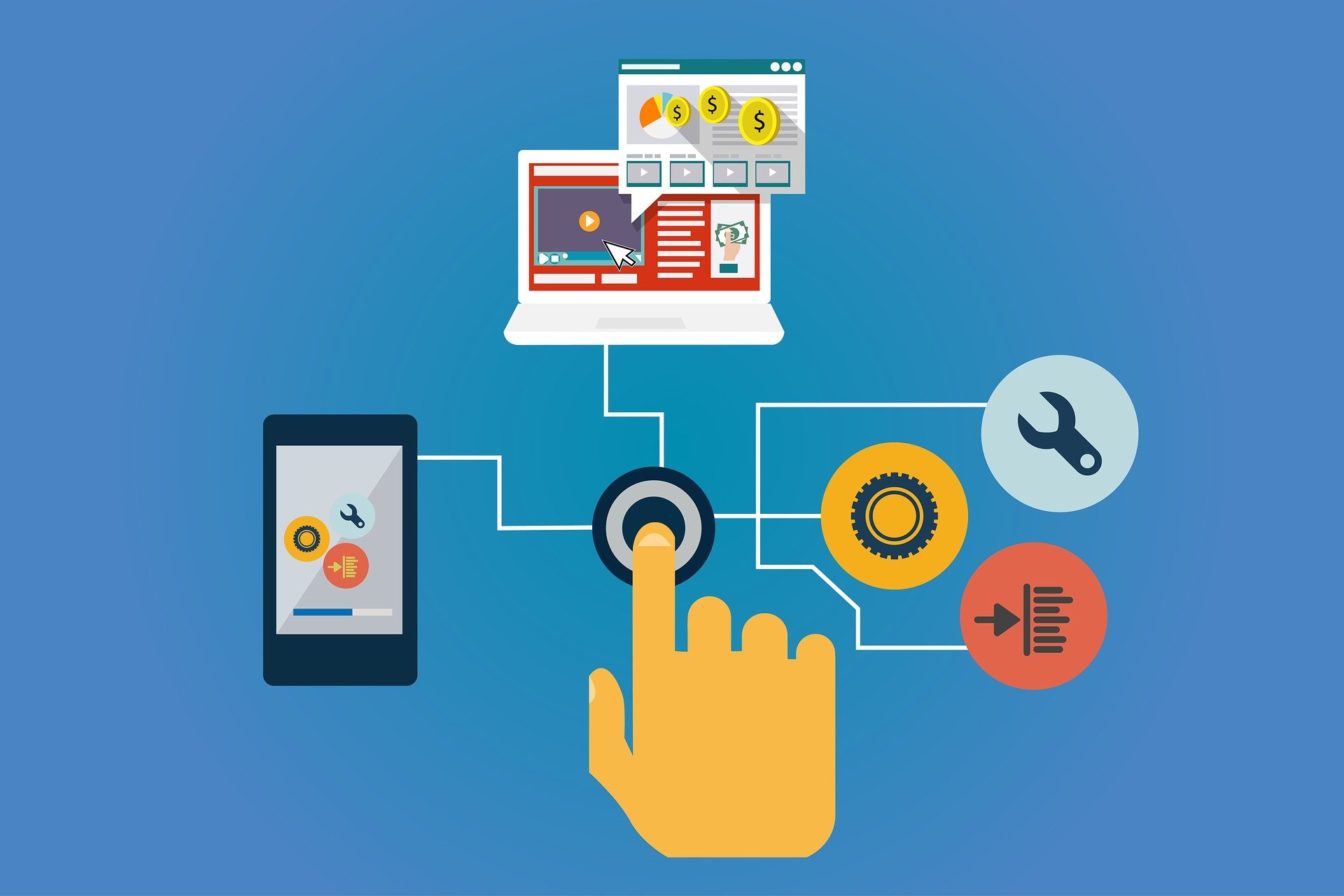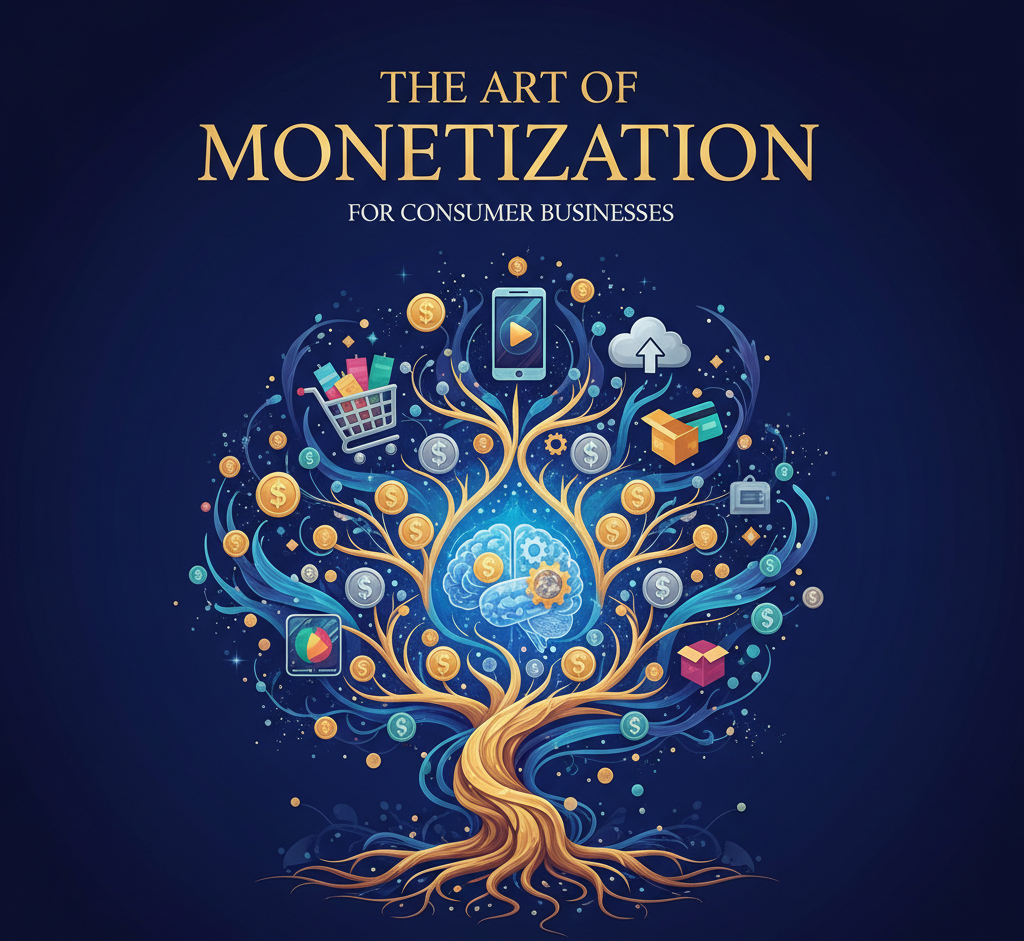The retail industry globally is going through many cycles of change. Most of it is emanating from the changes in consumer behavior which in turn is highly impacted by technology. There has been no other time in the history of mankind when change has been both fast and transformative at its core; giving enormous power in the hands of the consumer. In this era, what does great customer experience mean?
In my last blog, I had touched upon the need for developing a deep understanding of customer behavior and the many different shopping journeys that a customer makes in order to complete the purchase process as one of the key success factors in retail today.
Consumer behavior in the context of buying a product or service is influenced by individual and group preferences and economic variables. Prior to the digital age, the scope of the eco-system of influence was smaller and more well defined – it was family, friends who lived in the vicinity, purchasing power of the individual or family and the economic environment in the community they lived in. Today, the scope of influence is global – what happens in one part of the world influences another, both in terms of likes and dislikes and how individual and group preferences evolve over time and what influences this behavior. This is also true for the economic environment but purchasing power and the ability to spend continues to be one’s own though many ways of funding the purchase are finding currency.
Traditionally understanding consumer behavior meant investing in market research, understanding variables that impacted behavior and segmenting customers to be able to broadly predict their future behavior. Increasingly this approach is not yielding the best results for various reasons – speed of decision making desired today in business versus the time investment in market research, inability to segment customers into broad buckets as variables linked to individuality and personalization have a greater impact on behavior and the inability of participants to often articulate the actual behavior in a given scenario. I wonder if applying behavioral psychology and investing in test and learn approaches would yield better results.
One thing is certain, the future of shopping is evolving, at an unprecedented pace.
The shopper journey today is a complex web of interactions both in the digital and physical space. The type of product or service, spend involved and level of involvement in the purchase decision impact the shopping journey. The shopper journey can be analyzed in 4 phases – Start phase where a shopper becomes aware of a need/want or desire, Research phase where the shopper attempts to find more information and options both in the online and physical space, Purchase phase where the buying process concludes and Post Purchase phase where the shopper uses the product or service and feels happy or unhappy about the decision. A shopper could move from one phase to another in a matter of seconds or it could take months.

Lets look at the journey of a prospective apparel shopper who finds out that she needs a new black dress. The starting point of this journey could be seeing someone else at a party or on the many social media platforms wear a stylish black dress, it could be an upcoming event where the desire is to wear a black dress or it could be just be the result of a chat with friends on the topic of a black dress. For most women, this would be a high involvement purchase even though the spend might not be very high. Both, personal tastes as well as the view of friends and fashion leaders across the world could have a huge influence on the brand, style and other characteristics of the dress. The research process could start online comparing brands and web sites and looking through social platforms. It could also warrant a visit to a physical store. The websites or stores visited would often be a brand that the shopper has shopped at before or something that came highly recommended by friends and opinion leaders, not to forget the search engine results! Depending on how quickly the shopper is satisfied with the outcome of the research; this is often determined by the behavioural aspects of the individual – ‘I decide quickly’ versus ‘I need some time to reflect’, the shopper could move to the next step in a matter of minutes or may be take a day or two. The purchase phase would entail completing the transaction online or in a store and having the right options to complete the payment process. The post purchase process of trying on the dress and wearing it to a party could be a happy experience or a heart break!
How does the shopper journey look if the shopper is buying a new sofa? The start phase could be an outcome of the current sofa being old and not in sync with times or not offering the comfort wished for or it could be that the shopper is moving into a new home creating the need to refresh the furniture. In the scenario of a new home, this could be part of a larger purchase decision around several home furnishing needs. If we go with the scenario of replacing an existing sofa, the research could start online and then move to visiting and trying out a few furniture retailers. This could mean one of more visits and a comparison of price and may be the color and style options available. Depending of the digital saviness of shopper, the purchase could happen online or at a physical store. If the purchase is at a physical store, the question of taking the sofa back home or getting it delivered home arises. In either case, depending on the convenience needs of the customer, there could be a need for additional services such as assembly. Then the post purchase process of finding oneself happy or unhappy with the purchase resulting in using the sofa or returning it comes up. There could be a need for ongoing maintenance or even repairs and this cycle continues.
Imagine in a visit to the store or to an online website, the shopper could have come across other things that caught her attention that she purchased on impulse.
In both the shopper journeys described above, the shopper could have come in touch with many brands, visited a brand store(s) or website(s) that she or her circle of influence trusted. Often, there is a sense of comfort with something that comes recommended or has been experienced positively in the past by the shopper. This ongoing engagement that brands have with shoppers is increasingly becoming very important considering the numerous options shoppers have coupled with very little time they have to shop.
The customer engagement process for a brand starts much before the shopper feels the need for a product or service. It is an ongoing process nourished through positive experiences from the past, learning about the various ways in which the brand works through its supply chain, contributes to the society and community and is mindful of the environment. It is further built upon the positive views and opinions of the circle of influence of the shopper. It is built on the brand being seen as cutting edge and changing with times, adopting new ways of working to contribute to a more improved customer experience.
In the shopper journeys described, the shopper comes in touch with various touch points of a brand many times over – it could be a physical store, social platform where the brand is referenced, reviews on the website, recommendations online or in print publications, connecting with a helpline of a brand and many more ways. Each of these touch points could contribute to a very positive or to a very negative experience for the shopper. In the end, what matters the most is the overall experience all through the journey; often each touch point could have contributed to a positive experience but the overall journey could leave the shopper with as sense of dissatisfaction. This could be because a complex journey that involved more touch points than what the customer desired. For example, if the brand that the customer chose for the black dress did not have her size at the store but recommended another store that had the size, the touchpoint might believe that they have helped the shopper and contributed to a positive experience but the need to go to another store half way across the city could make the shopper feel dissatified with the overall journey even if she found her black dress at the recommended store. May be, a better option in an omnichannel context could have been to book an online order from the store the shopper visited and ship it to her within the desired delivery time, leveraging the fulfilment capability of the recommended store in the overall supply chain.
In a world with many choices for anything that you want to buy or experience, the one thing that brands can do is to focus on customer engagement. This will hold a brand in good stead when a shopper feels the need for a product or service and visits the website or store or any other platform to get started on the shopper journey. After this, the focus needs to be on the overall shopper journey and ways to maximize the overall experience rather than deliver well on individual touch points. Here, behavioral psychology and acknowledging the individual and understanding the many different ways in which each individual shopper might interact with the brand in the overall shopper journey is critical.

The focus on customer engagement helps ensure the shopper starts the journey with a positive disposition towards a brand. Once the customer is in contact with a brand as part of the shopper journey, focus on maximizing the overall experience helps the shopper make the purchase decision and feel satisfied with the whole process thus creating a great customer experience and adding a few more points to the tally on customer engagement which will motivate the shopper to come back to the brand the next time a new journey starts. And to many more such cycles each building on the other. In the end, irrespective of how retail evolves in the physical and digital space, focusing on customer engagement and shopper journey is the key to delivering a great customer experience in the future.







Leave a Reply